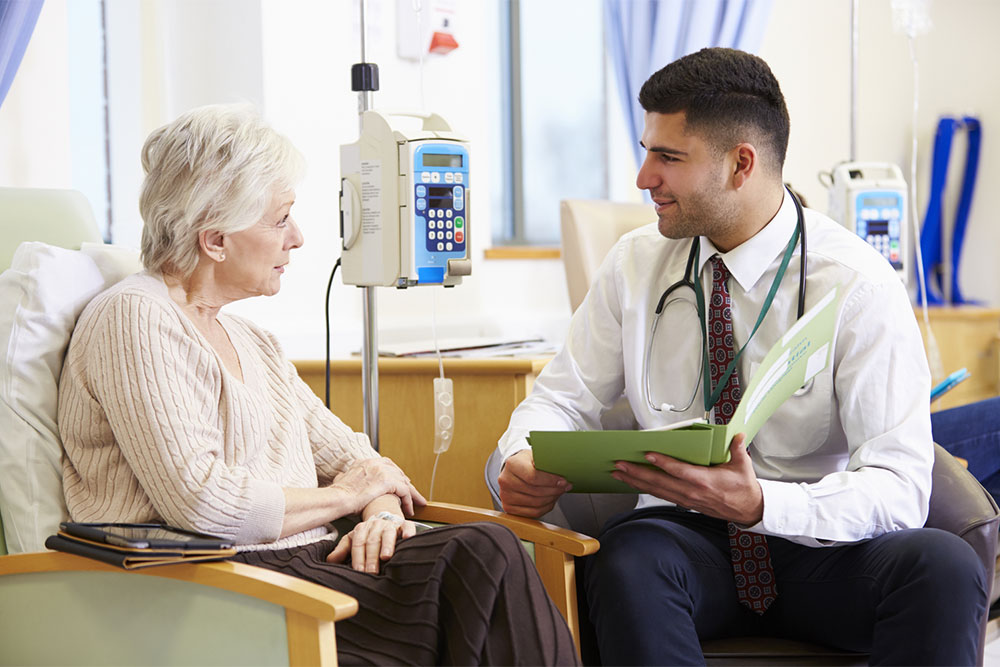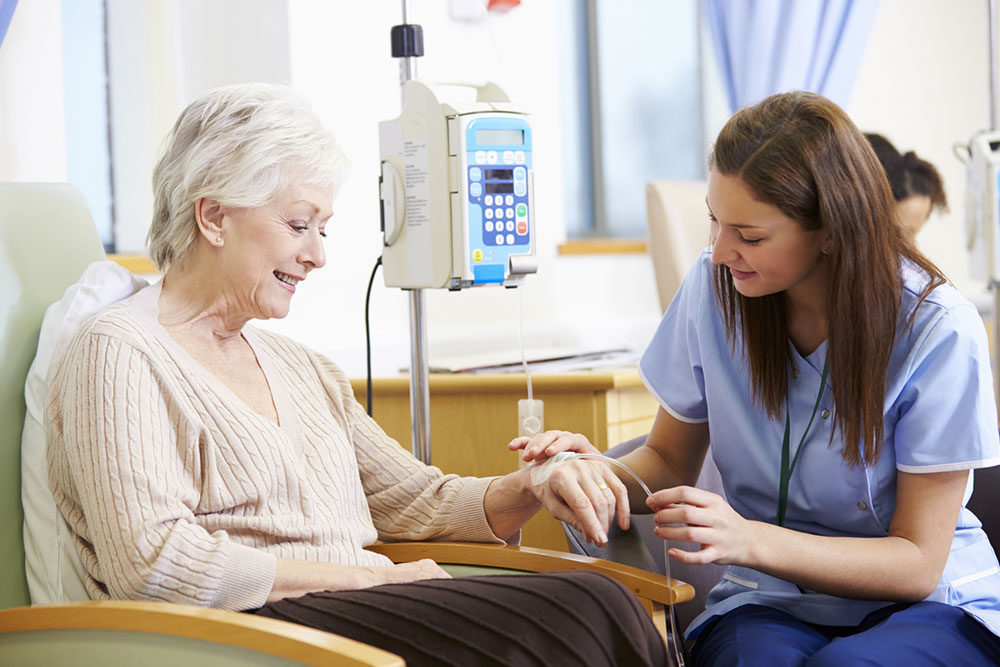10 signs and symptoms of pneumonia
Pneumonia is a serious respiratory condition that affects the lungs, causing inflammation. Several pathogens can trigger it, including bacteria, viruses, fungi, and other microorganisms. The condition’s symptoms can range from mild to severe. While it can impact individuals of all ages, it poses a higher risk to the younger population, the elderly, and those with weakened immune systems. Here are ten signs and symptoms of pneumonia to watch out for. Persistent cough A persistent cough is often the first sign. Initially, it may manifest as a dry cough but progress to produce phlegm or mucus. This cough is not just an annoyance; it’s the body’s way of attempting to clear the infection. The mucus might be discolored, ranging from white or yellow to greenish, or even tinged with blood. Fever When pneumonia invades the lungs, it triggers a robust immune response. One of the most common responses is the elevation of body temperature, resulting in a fever. A fever is the body’s way of creating an environment less hospitable to the invading microorganisms. A fever exceeding 100.4°F (38°C) is a significant indicator. Shortness of breath Shortness of breath, or dyspnea, is a hallmark symptom. Ranging from mild to severe, it can often make drawing a full breath challenging.
Read More 









